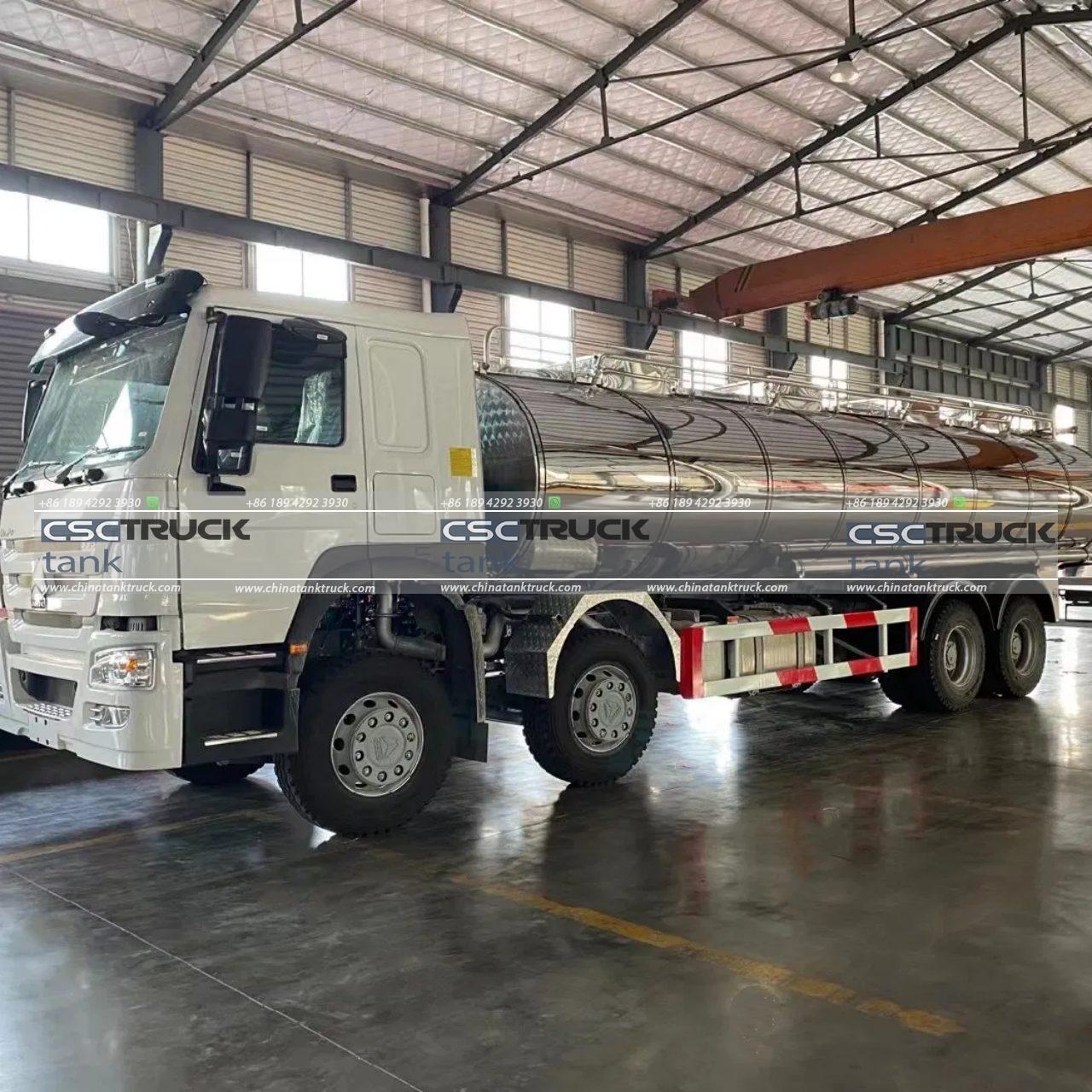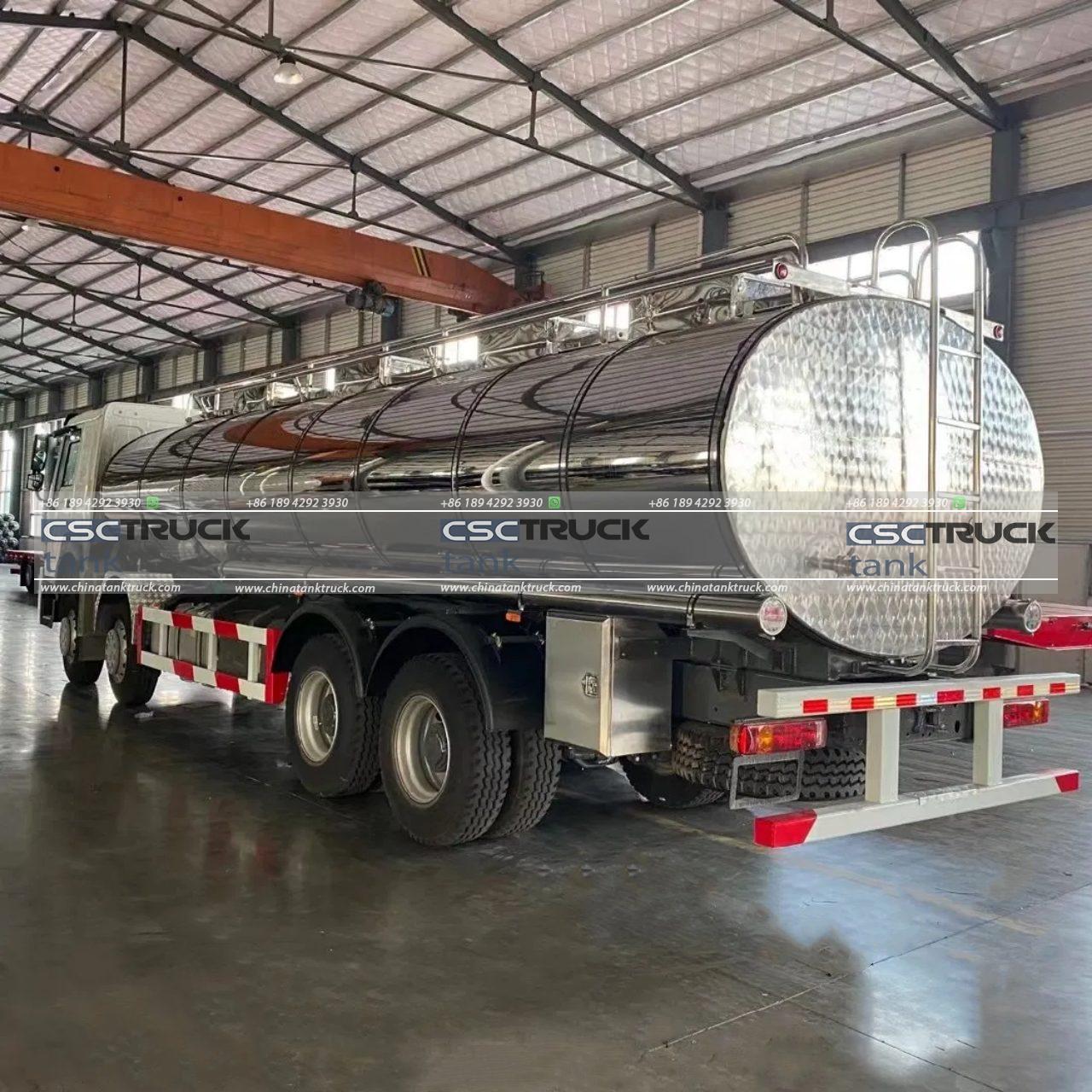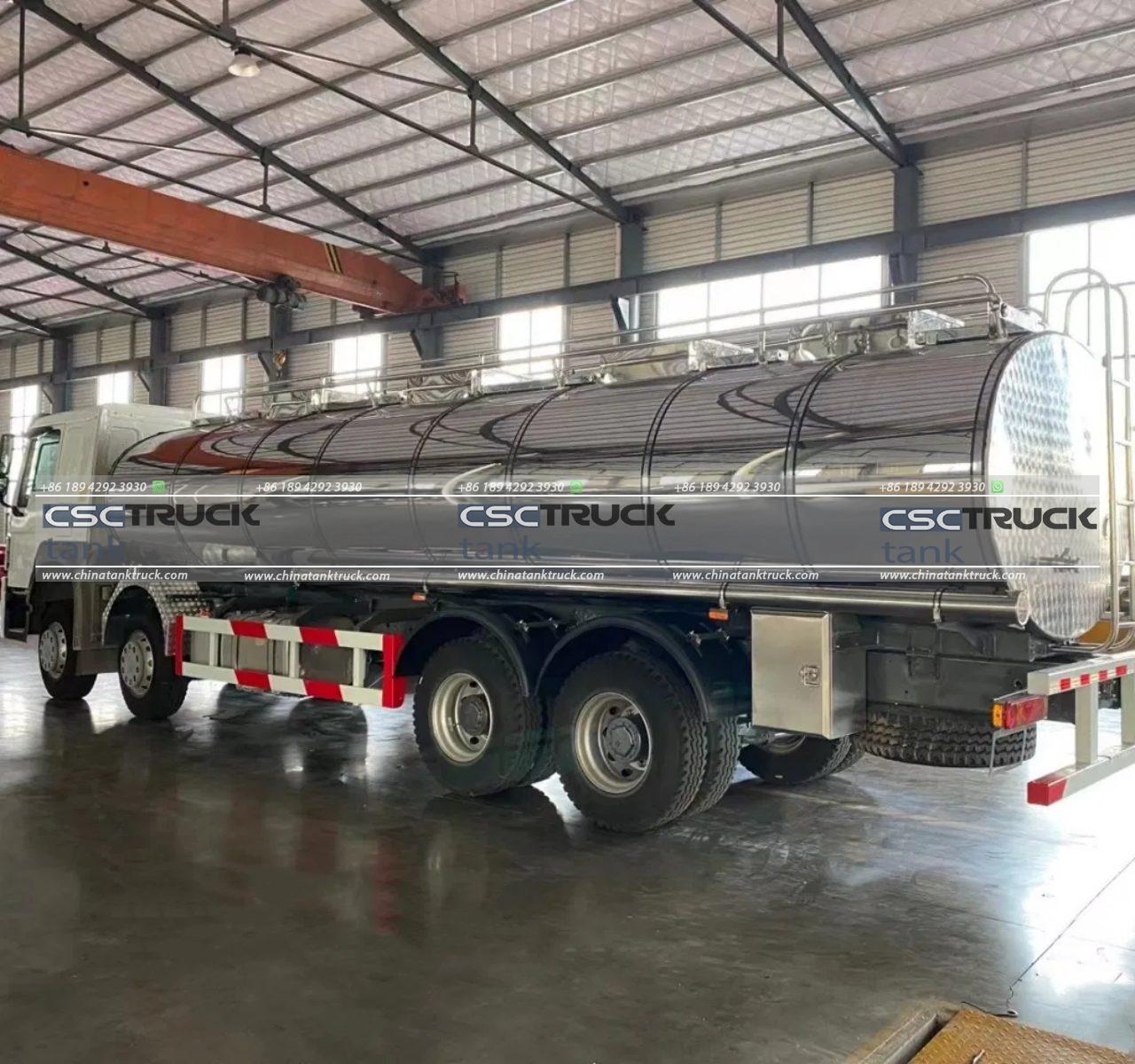How Heavy are Milk Trucks?
Milk trucks, also known as milk tankers, play a crucial role in the dairy industry by transporting fresh milk from farms to processing facilities or directly to retailers. These vehicles are specifically designed to handle large volumes of liquid, and their weight can vary significantly depending on several factors. In this article, we will explore the weight of milk trucks, the factors influencing their weight, and the impact of this weight on various aspects of transportation and logistics.
The Basics of Milk Truck Weight
To understand how heavy milk trucks can get, it’s important to break down their components and capacity. A typical milk truck consists of a truck chassis and a large cylindrical tank mounted on top. The tank is made from stainless steel to ensure the milk remains uncontaminated and to withstand the pressure and temperature changes during transportation.
1. Empty Milk Trucks: The weight of an empty milk truck is generally between 10,000 to 15,000 pounds (4,500 to 6,800 kilograms). This includes the weight of the truck chassis and the empty milk tank. The exact weight can vary based on the truck’s make, model, and size.
2. Full Milk Trucks: When fully loaded, a milk truck can weigh between 30,000 to 50,000 pounds (13,600 to 22,700 kilograms). This weight includes the combined weight of the truck, the tank, and the milk. The capacity of the tank can range from 3,000 to 6,000 gallons (11,400 to 22,700 liters), and milk weighs approximately 8.6 pounds (3.9 kilograms) per gallon. Thus, a full tank of milk alone can add between 25,800 to 51,600 pounds (11,700 to 23,400 kilograms) to the truck’s weight.

Factors Influencing Milk Truck Weight
Several factors influence the overall weight of a milk truck, including:
1. Tank Capacity: The larger the tank, the heavier the truck when fully loaded. Milk trucks are designed with different tank sizes based on the volume of milk they are intended to transport. Larger tanks are generally used for long-haul transport, while smaller tanks may be used for local deliveries.
2. Truck Chassis: The type and design of the truck chassis also impact the overall weight. Heavier-duty chassis can support more weight but will themselves add to the truck’s overall mass. The chassis needs to be robust to handle the weight of the full tank and the milk.
3. Material Used: The materials used in the construction of the tank and chassis can affect the truck’s weight. Stainless steel is commonly used for tanks due to its durability and hygiene properties, but it is also heavier than other materials. The thickness of the stainless steel and the presence of insulation materials can also impact weight.
4. Regulatory Compliance: Different regions have different regulations regarding maximum allowable weights for trucks. Compliance with these regulations can affect the design and weight of milk trucks. For example, trucks operating in areas with stringent weight regulations might be designed to carry less milk or use lighter materials.
5. Additional Equipment: Some milk trucks are equipped with additional features such as cooling systems to maintain the milk at the proper temperature during transport. These systems add weight to the truck but are essential for maintaining milk quality.
Impact of Milk Truck Weight on Transportation and Logistics
The weight of milk trucks has several implications for transportation and logistics:
1. Road Safety: Heavier trucks can have a greater impact on road safety. They require more stopping distance and can cause more wear and tear on road surfaces. Ensuring that trucks are within legal weight limits helps in reducing accidents and maintaining road infrastructure.
2. Fuel Efficiency: The weight of a truck affects its fuel efficiency. Heavier trucks generally consume more fuel to move, leading to higher operational costs. This is an important consideration for dairy companies as fuel costs are a significant part of transportation expenses.
3. Regulatory Compliance: Adhering to weight regulations is crucial for avoiding fines and penalties. Overweight trucks can face legal issues and operational disruptions, which can affect the timely delivery of milk.
4. Environmental Impact: Heavier trucks have a greater environmental impact due to increased fuel consumption and emissions. The dairy industry is increasingly focused on reducing its carbon footprint and optimizing truck weight and efficiency is part of these efforts.
5. Infrastructure Considerations: The design and weight of milk trucks can influence infrastructure planning and maintenance. For example, bridges and roads may need to be reinforced to accommodate heavier vehicles, impacting public budgets and planning.

Innovations and Future Trends
The dairy industry is continually evolving, and so are the technologies used in milk transportation. Some current trends include:
1. Lightweight Materials: Advances in materials science are leading to the development of lighter yet durable materials for truck tanks and chassis. These innovations help reduce the overall weight of milk trucks and improve fuel efficiency.
2. Alternative Fuels: The use of alternative fuels such as compressed natural gas (CNG) or electric power can help mitigate the environmental impact of milk trucks. Although these technologies are still in the early stages for heavy-duty trucks, they hold promise for future developments.
3. Telematics and Monitoring: Modern milk trucks are equipped with telematics systems that monitor various aspects of the truck’s performance, including weight distribution. These systems help in optimizing truck loads and improving operational efficiency.
4. Enhanced Safety Features: Innovations in safety technology, such as advanced braking systems and collision avoidance systems, are helping to make milk trucks safer on the road, regardless of their weight.
Conclusion
Milk trucks are essential to the dairy industry, with their weight varying depending on factors such as tank capacity, truck chassis, and additional equipment. Fully loaded, these trucks can weigh between 30,000 to 50,000 pounds, with significant implications for road safety, fuel efficiency, and environmental impact. As technology and materials continue to advance, the design and operation of milk trucks are likely to evolve, leading to improvements in efficiency and sustainability in the dairy transportation sector.


